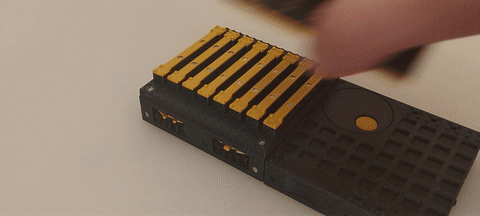
roons are a kit for building mechanical circuits and computers. Think of:
- Redstone circuits in Minecraft
- Factorio
- Cellular automata and the Game of Life
- “Lego, but for building computers”
how it works
We arrange magnetic tiles called roons on a disk, then load it onto a drive.

We can move the bars up and down by turning the handle on the encabulator.
Each roon’s upper surface is contoured to guide marbles in a particular way. Some behave as logic gates — the fundamental units of computing. Others contain state, letting us read and write data. We can combine these basic elements to build computer components like processors, memory, and other nifty devices.
Here’s an example:
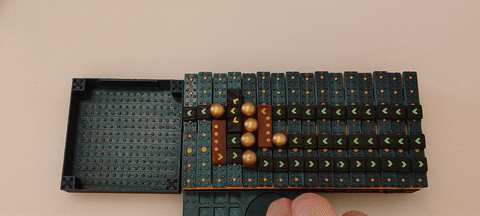
This binary adder takes two numbers and adds them together. It’s currently calculating 14+7, or 01110+00111 in binary. The bottom row outputs the answer 10101, the binary representation of 21.
Like with a regular computer, the true power comes when we start combining devices together. For example, our adder might save its result into a piece of memory:
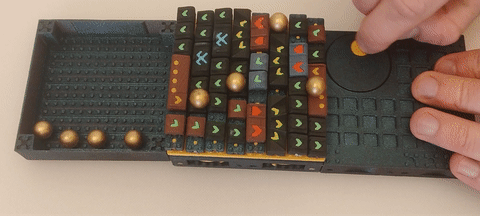
Another device might read this memory later, and use it in a calculation or decision — and so on, and so on. Chaining devices together like this is what lets us climb from simple 1s and 0s into actual computer components.
extension
The disk drives can be tiled to extend the workspace.
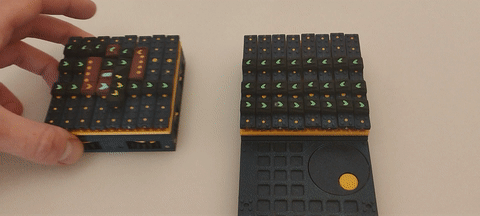
Simply put them next to each other and let them snap into place. Once synced up, the bars move in unison. Magnets keep the drives firmly connected.
When you’re done, it’s as easy as pulling the drives apart again.
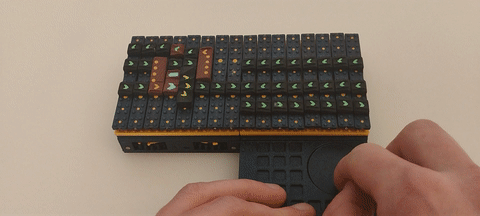
demo
peripherals
Peripherals into the drive grid to extend your devices’ capabilities — like plugging in a monitor or keyboard to a regular computer.
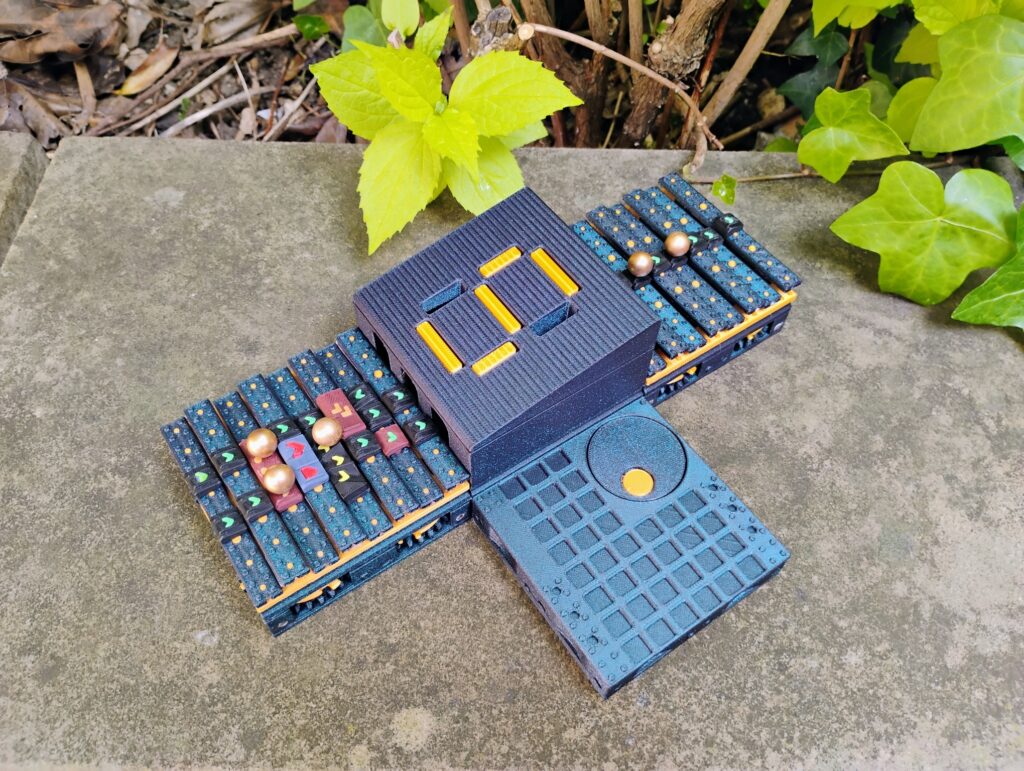
Our first peripheral is a 7-segment display that lets roons show numbers. Just like how a screen converts binary data to pixel brightness, the display uses mechanical principles to convert binary data (represented as marbles 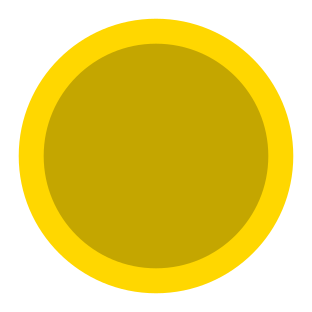
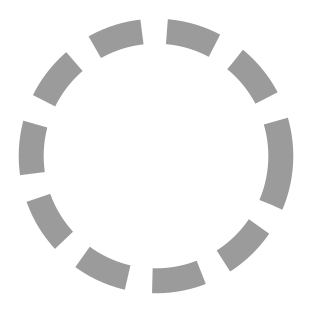




 ) into the rotation of a cam, which controls the visible bars.
) into the rotation of a cam, which controls the visible bars.
And there’s nothing limiting us to 7 segments — we have a full alphanumeric display on our roadmap, which will let roons output text.
The display peripheral won’t be available during the Kickstarter campaign, as we need to focus on the core of roons first — but we’re excited to show you our future plans for peripherals, which also include a keyboard and hard drive.
how do I get roons?
We’re gearing up for our Kickstarter campaign launch on May 21st — help us get roons into your hands!